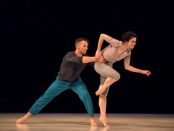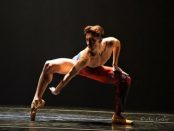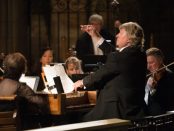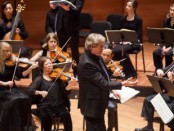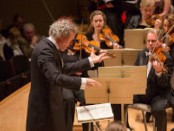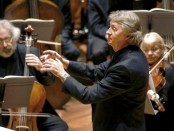Natalia Osipova’s Pure Dance with David Hallberg
The evening consisted of a number of short dances in varying styles, but the final piece, “Valse Triste,” was the most successful. Osipova wore a simple, off-the-shoulder, blue dress and Hallberg wore a form-fitting unitard designed by Moritz Junge. “Valse Triste” by Jean Sibelius was the music for the plotless ballet. Choreography is an elusive art, but Alexei Ratmansky seems to have understood its secrets. Using the language and conventions of classical ballet, he designed this piece specifically for Osipova and Hallberg, and it showed off their exceptional talents and finely tuned partnership – and beautifully shared the joy of the dance with the audience. It’s the kind of short pas de deux that lends itself to gala events, so there’s little doubt that it will show up again. One wishes it were longer (it’s only six minutes). Or it would have been a wonderful treat to watch again if they had repeated it. [more]

